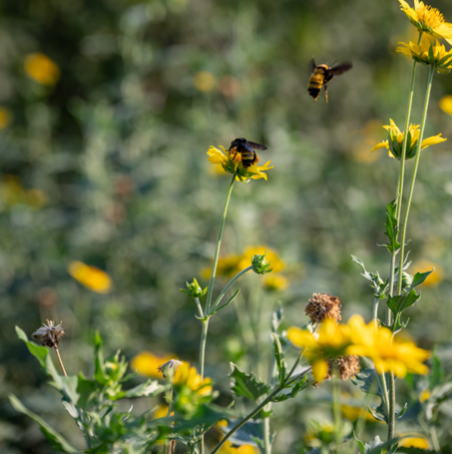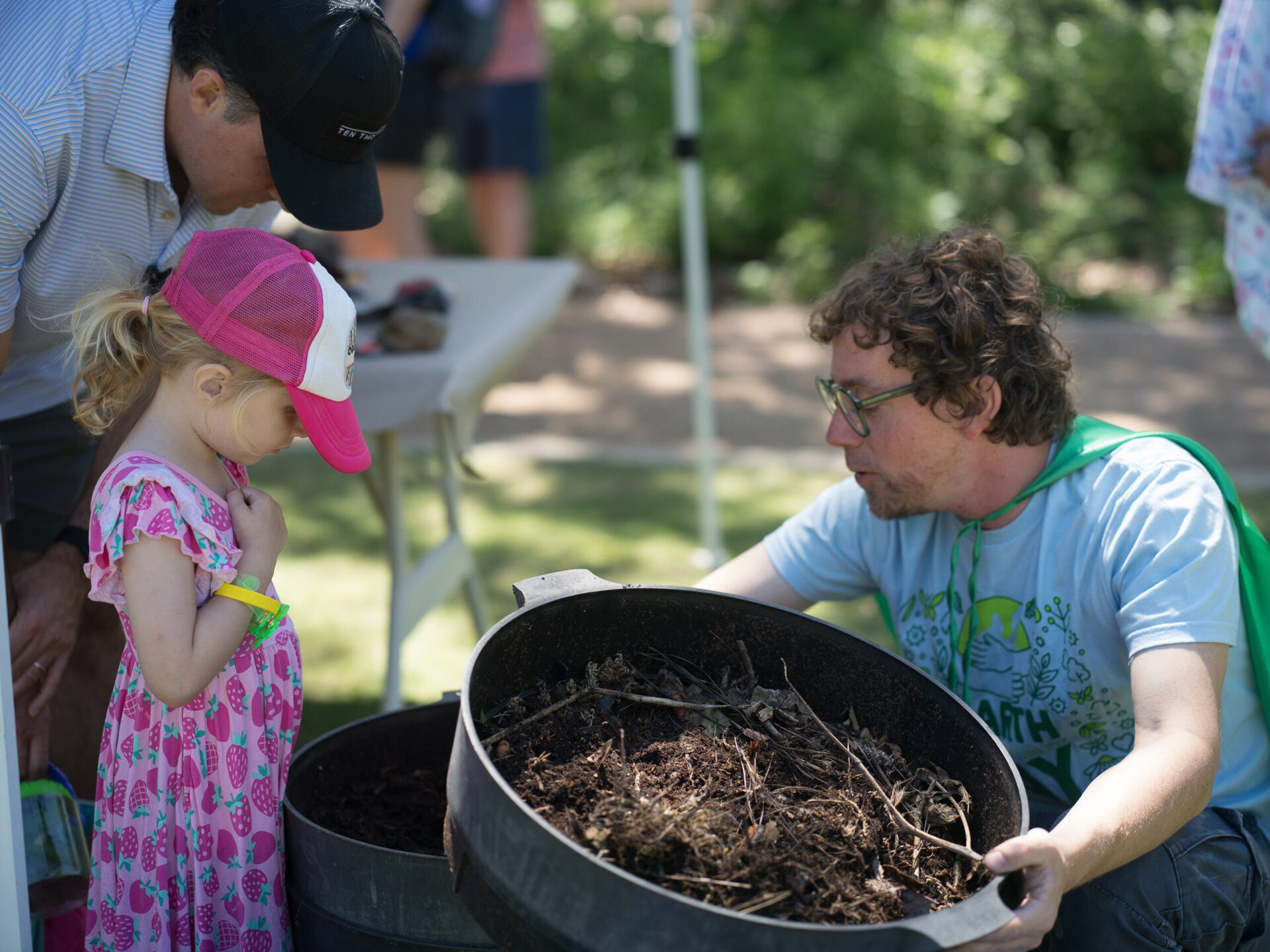Out Here, Everything’s Better: Making the Most Out of Your Texas State Parks Visit
H-E-B wants all Texans to get outside & explore the wild natural beauty of Texas State Parks. As the presenting sponsor of the 2023 Texas State Parks Centennial, we’re committed to helping conserve & protect the animals and land of the Lone Star State so it can be enjoyed for generations to come.
Texas State Parks offer Texans access to an incredible variety of terrains, from canyons to marshes, prairies to deserts. With nearly 90 parks across the state, wherever you live in Texas, there’s a Texas State Park waiting nearby, and with an annual Park Pass, everyone in your car is included.
Ready to explore Texas beauty in your backyard? Keep reading for what you need to know before you go!
Step 1: Pick a park & make your reservation
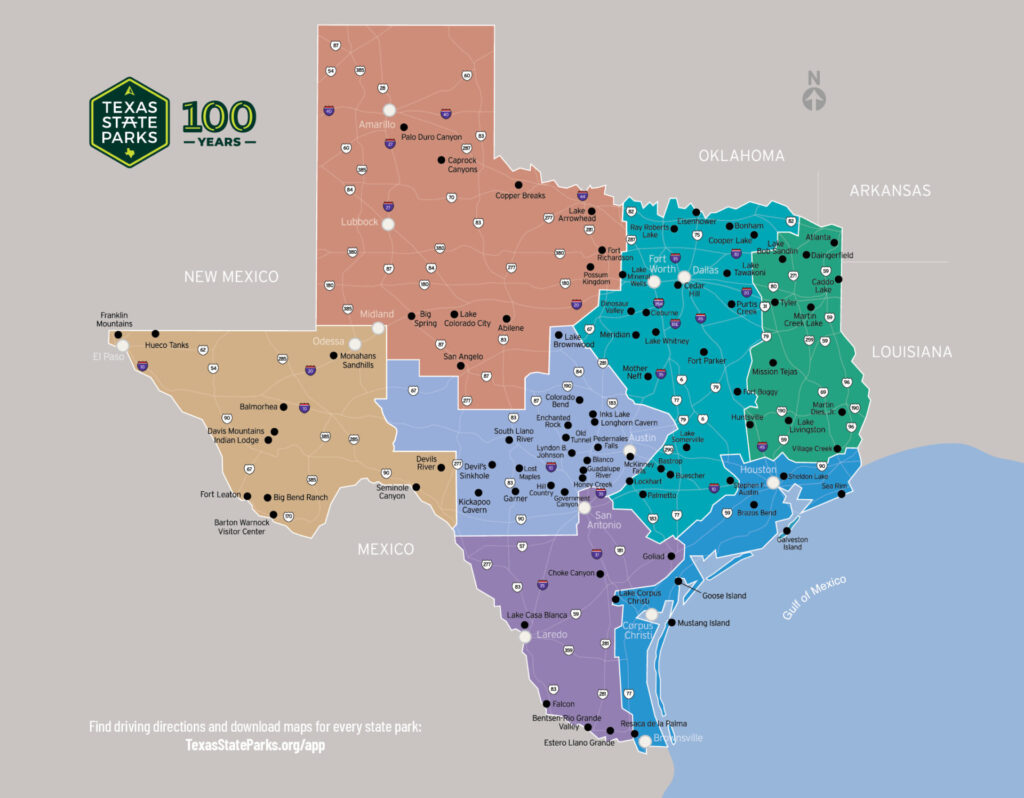
Photo credit: Texas Parks & Wildlife Department
Just like with popular restaurants, reservations are encouraged for Texas State Parks. Browse the Texas Parks & Wildlife State Parks Guide to get inspired, then use Texas Parks & Wildlife’s State Park map to browse & find the perfect park for your family.
Reservations can be made for day passes and overnight camping sites at most parks, as well as tours & activities at some parks. Availability is based on park capacity, visitor safety, and resource protection.
Heads up! The most popular Texas State Park overnight facilities are reserved months in advance. Day passes can also sell out, especially on weekends and holidays, so plan ahead.
Reservations for all state parks can be made online, or by speaking with an Austin-based customer service agent at 512-389-8900. Need information on accessibility and ADA sites? Click here to learn more, or email accessibility@tpwd.texas.gov.
Step 2: Plan (and pack) ahead
Texas weather is often…unpredictable, especially in the summer months. Make sure you’ve got the appropriate clothing & gear to stay safe during your visit. Plan for:
- The weather on the day(s) of your visit
- The unique terrain of the park you’re visiting
- The activities you plan to do, i.e., camping, fishing, hiking, or swimming
Whichever park you visit, and however long you plan to stay, always bring:
- Plenty of water and/or uncaffeinated sports drinks (TX Parks & Wildlife recommends drinking 32oz. of water for every hour in the heat)
- Sunscreen & bug repellent
- Snacks
- A compass or GPS
- A fully charged cell phone & portable power bank
- A first aid kit
- A small trash bag: Pack it in, pack it out, and keep our parks clean!
For more detailed information on park preparedness & safety, check out these Texas Parks & Wildlife resources:
Step 3: Set up camp
There’s nothing like the sounds of nature to lull you to sleep after a long day exploring a Texas State Park. You’ll need to pick the perfect campsite, learn how to be a considerate camper, and set up your tent first, though!
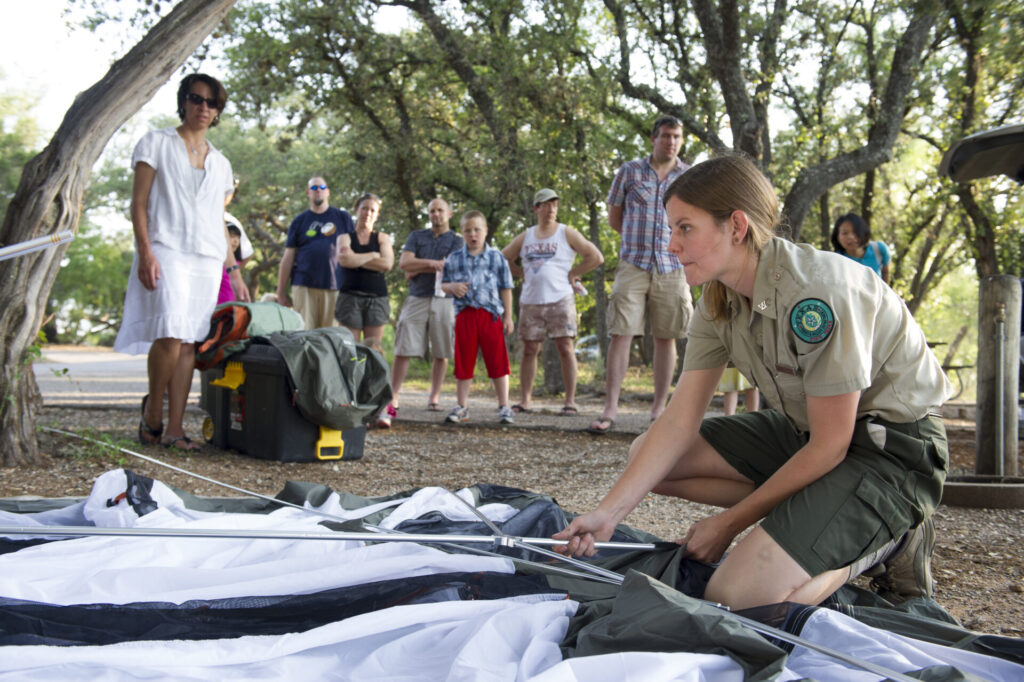
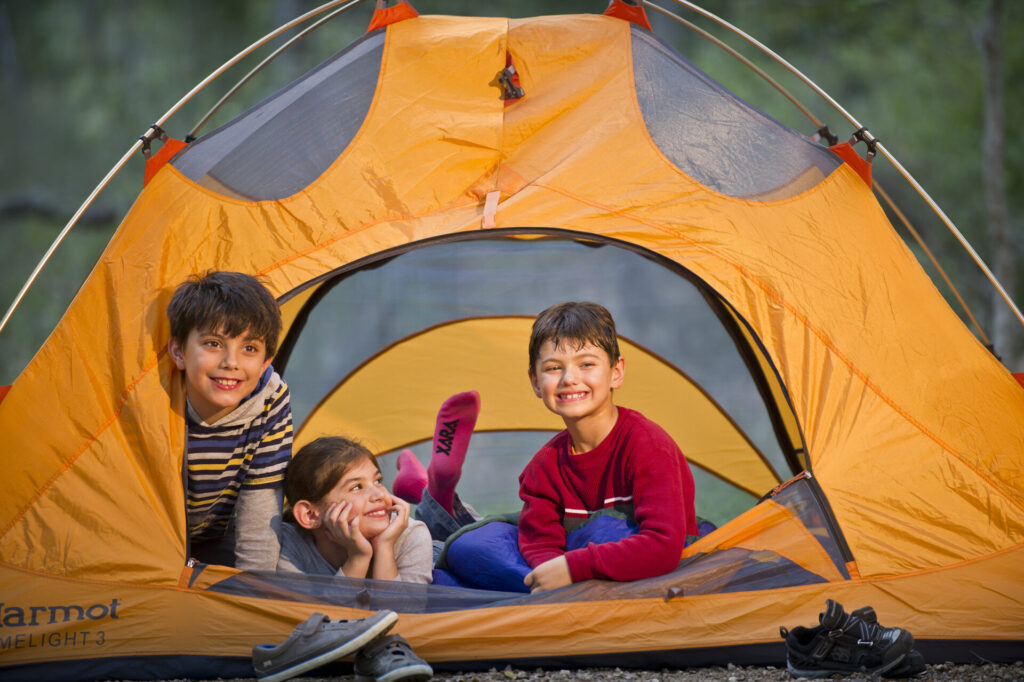
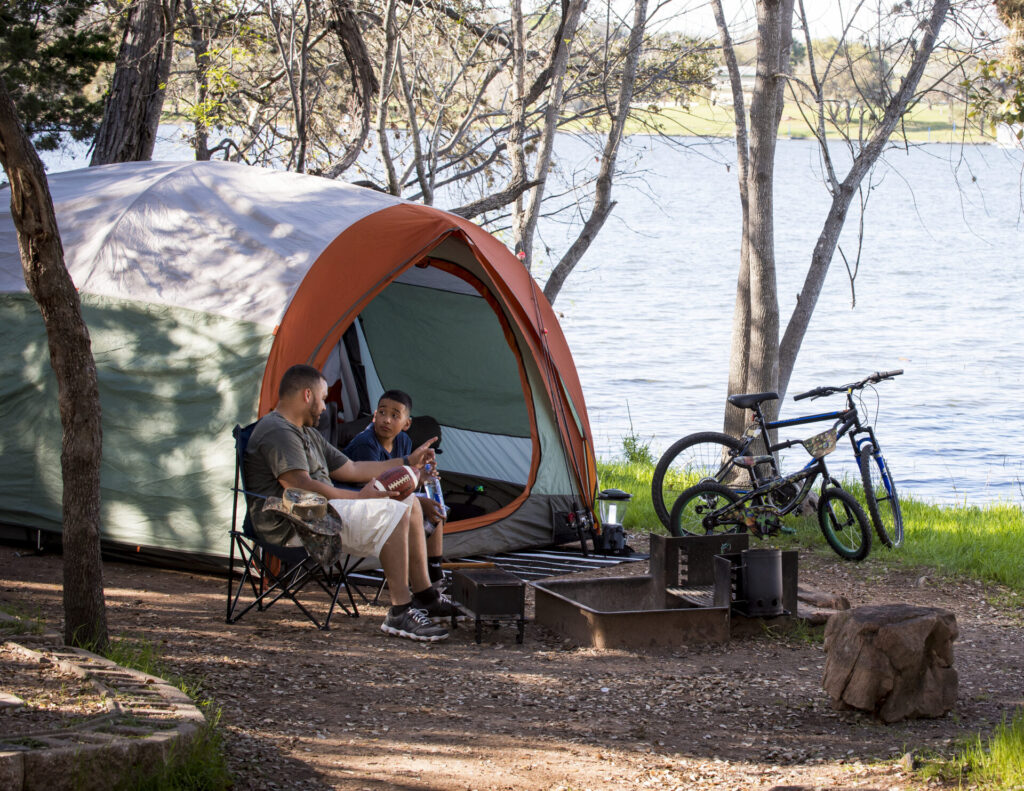
Photo credit: Texas Parks & Wildlife Department
Want to try tent camping, but you’re not sure where to start? The Texas Outdoor Family program hosts workshops at many Texas State Parks, teaching families to set up tents, build campfires, and cook outdoors—and all equipment is provided in these guided overnight workshops!
Step 4: Build your campfire
Campfires are one of the best parts of camping, but it’s important to do it safely. Before you go, check the park’s website, as well as the latest map of Texas counties with burn bans, to see if fires are currently permitted. If fires are allowed, stay safe using these Texas Parks & Wildlife guidelines:
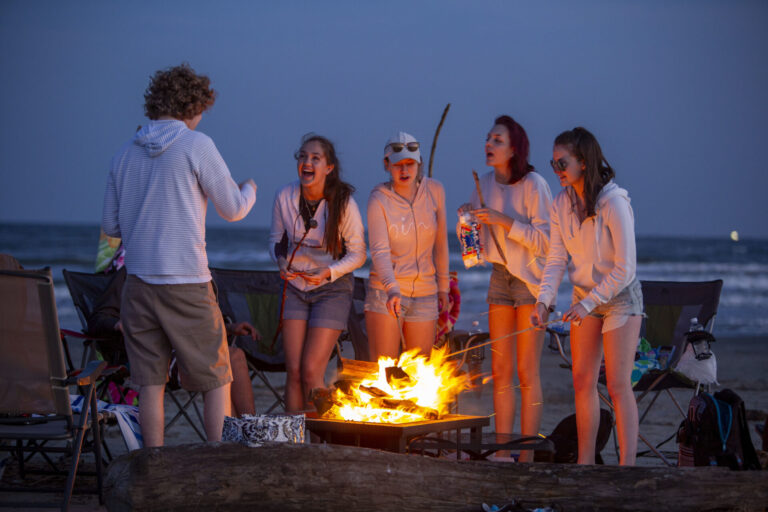
Photo credit: Texas Parks & Wildlife Department
Safe Campfire Guidelines
- Fires may only be built in designated areas like campsite grills, fire rings, or fireplaces.
- Some parks only allow containerized fuel fires (i.e., camp stoves).
- Campfires are not allowed at most primitive (undeveloped) campsites; ask the park headquarters when you check in for your reservation.
- Some beach sites only allow ground fires on sandy areas, and only if approved by the park’s superintendent.
- Do not gather firewood – it’s an important part of park ecosystems.
- Buy firewood where you burn it. To prevent the spread of tree diseases and invasive pests, most state parks sell firewood. If necessary, you can sometimes purchase firewood outside of parks, but check with the park office before bringing any outside firewood into parks.
- Last, but NOT least, never leave fires unattended and make sure all fires are fully extinguished when you’re done!
Step 5: Let's eat!
All that exploring is sure to make your family hungry! H-E-B’s culinary team have whipped up some easy, delicious camping recipes. Eat up and enjoy, y’all!
Breakfast
Lunch & Dinner
Dessert: S’mores, Three Ways
Ready to explore?
Visiting Texas State Parks isn’t just a great way to enjoy the natural beauty of Texas: It supports Texas Parks & Wildlife’s conservation efforts, to help keep Texas beautiful for generations to come. There are Texas State Parks 100-Year Celebration events taking place throughout 2023, so purchase a Park Pass and join us as we explore and celebrate!

Photo credit: Texas Parks & Wildlife Department

